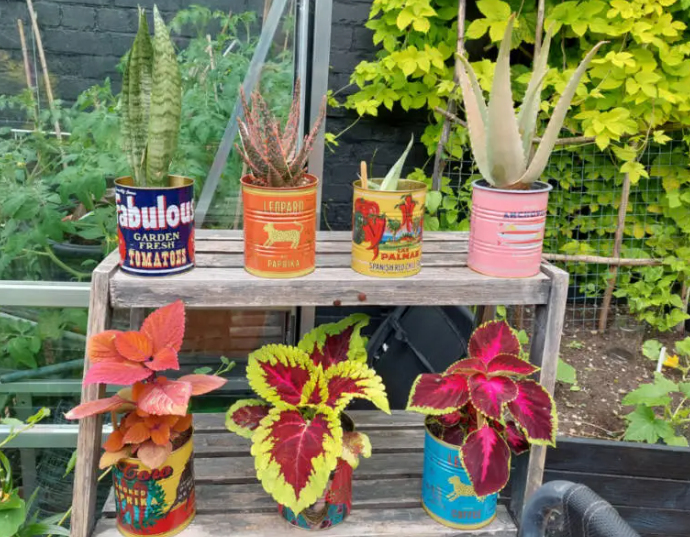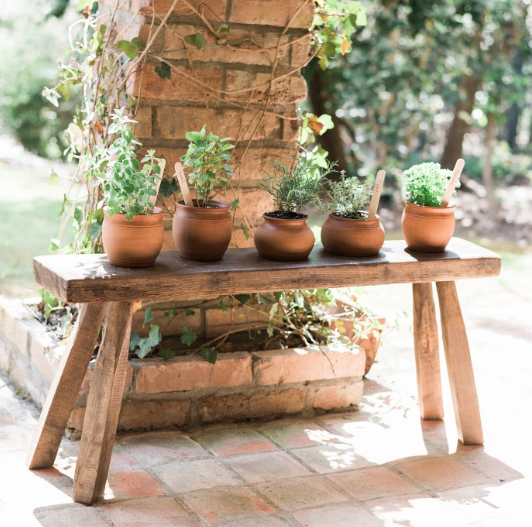Watering a garden can be expensive, especially during hot summer months when plants need consistent moisture. One solution is a rain barrel, a simple and effective way to collect and reuse rainwater for your garden. Not only does this help conserve water and lower your water bill, but it also provides plants with soft, natural rainwater, which is often better for them than tap water. Building a DIY rain barrel is an easy project that anyone can complete with just a few materials. Here’s how you can make your own rain barrel to collect rainwater for your garden.
Why Use a Rain Barrel?
Using a rain barrel offers several benefits:
Water Conservation: Collecting rainwater helps reduce the demand on municipal water systems, especially during droughts or peak usage times.
Cost Savings: Reusing rainwater for gardening can lower your water bill, particularly if you live in an area with high water rates.
Environmental Impact: It helps reduce runoff and erosion, and it can also reduce the amount of water treatment needed at local facilities.
Better for Plants: Rainwater is free of salts, chlorine, and other chemicals often found in tap water, making it gentler on your plants and soil.
Materials You’ll Need:
Plastic barrel (50-55 gallons is typical, or you can use a large trash can)
Drill with a hole saw attachment (for making large holes)
Mesh screen (to filter debris and prevent mosquitoes from breeding)
Spigot (for easy water access)
Teflon tape (for sealing threads)
Flexible hose (optional, for directing water to your plants)
Plastic connectors and washers (for sealing the spigot and overflow pipe)
Cement block or stand (optional, for raising the barrel)
Choose the Location Select a spot near a downspout where you can easily connect the barrel to your gutter system. The location should be level and stable. If desired, you can place the barrel on a raised platform or a stack of cement blocks to make it easier to access the spigot.
Prepare the Barrel Start by cleaning the plastic barrel to remove any residual chemicals or dirt. If the barrel previously contained food-grade materials, it’s perfect for rainwater collection. Use a drill with a hole saw attachment to cut a hole near the bottom of the barrel for the spigot. This will allow you to access the collected water.
Install the Spigot Take the spigot and screw it into the hole you just made at the bottom of the barrel. Apply Teflon tape to the threads to create a watertight seal. Tighten the spigot in place, ensuring it’s secure.
Install the Overflow Pipe Rainwater can accumulate quickly in a barrel, so it’s important to install an overflow pipe. Drill a hole near the top of the barrel and attach a plastic connector or hose to direct the excess water away from the barrel. The overflow pipe prevents the barrel from overflowing during heavy rain, ensuring that the system functions properly.
Attach the Mesh Screen To prevent debris, leaves, and insects from getting into your rainwater, cover the top of the barrel with a mesh screen. This also prevents mosquitoes from breeding in the water. You can secure the screen with a rubber band or tie it with string.
Connect to the Downspout Position the barrel under your downspout, ensuring the gutter directs rainwater into the barrel. You may need to use a downspout diverter or flexible hose to channel the water into the barrel. This allows you to easily divert rainwater from the gutter system into your barrel.
Test the System Once everything is connected, test the system by waiting for rain. Make sure the water flows freely into the barrel and that the spigot and overflow pipe work properly. Adjust if needed.

Maintenance Tips:
Clean the barrel: Periodically clean the barrel to remove sediment and algae buildup.
Empty during winter: If you live in a colder climate, drain the barrel before winter to prevent freezing.
Use a rainwater treatment: If you plan to store the water for extended periods, consider adding a non-toxic water treatment to keep the water clean.
Check the screen: Make sure the mesh screen stays secure and clear of debris to allow for proper water flow.






